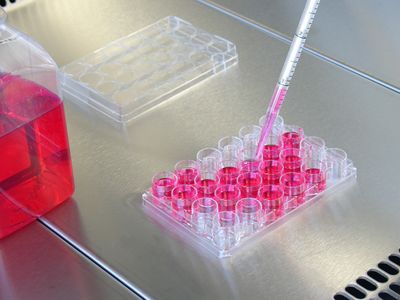Tadpole tails regenerate when lost (1). In this study, researchers found that to do so, tadpoles increase the production of genes for proteins that shuttle glucose into the cell (2). Glucose feeds into the pentose phosphate pathway (PPP) (3). The PPP produces two molecules, NADPH and ribonucleotide-5-phosphate (R5P), which are precursors for fatty acids and nucleotides, respectively (4). The cells use fatty acids to build more cell membrane, and nucleotides to build more DNA as cells rapidly divide and increase their numbers. This leads to tissue growth, and eventually, the tadpole has its tail back.

Read the full story.



